- Home |
- Inventory |
- Services |
- Financing |
- Dealer Info |
- Contact |
- OEM parts fiche |
Search
Vehicle
Categories
Models
stock :P14131
condition :New
color :RED
location : Lifestyles
availability : In Stock
Get Out-The-Door Price
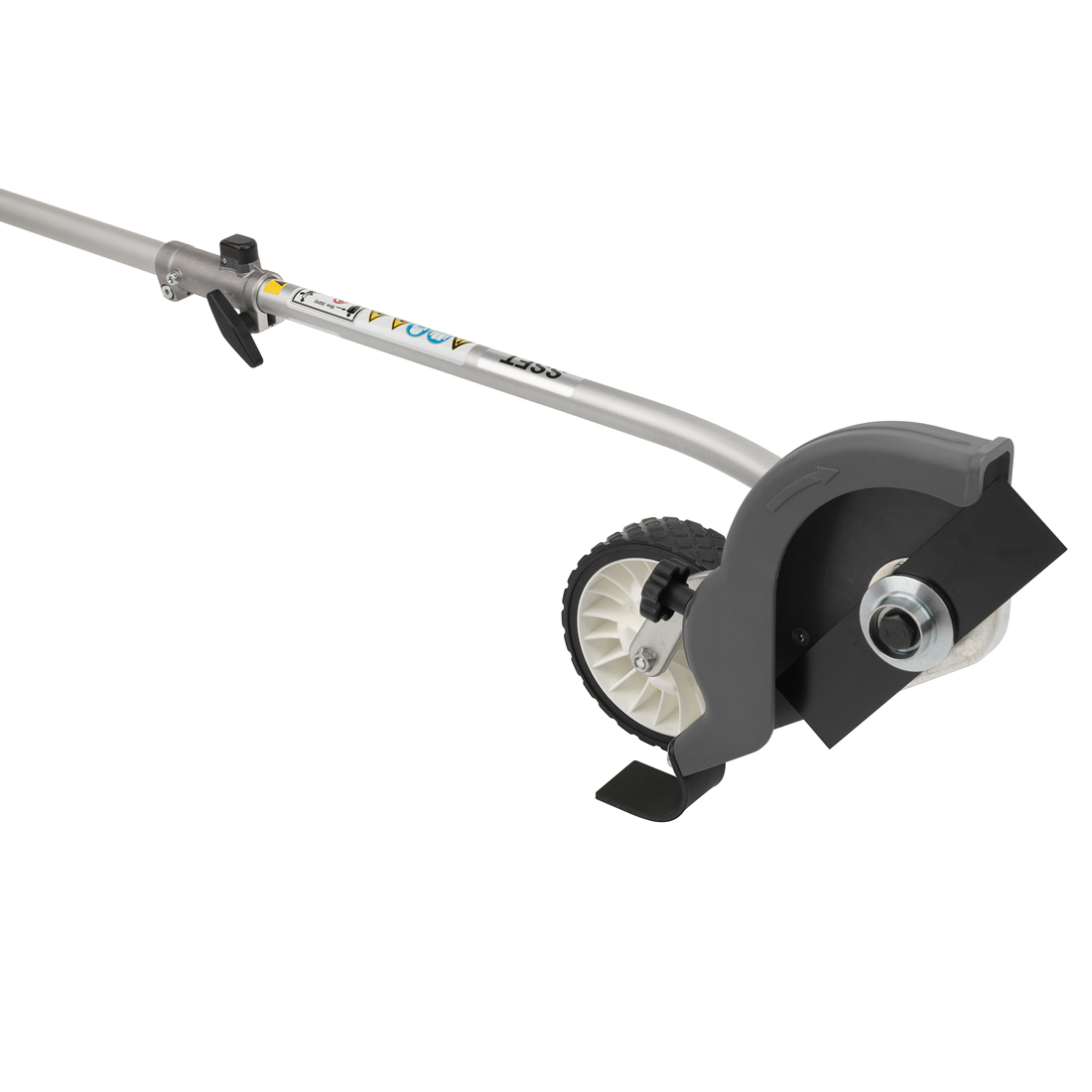
We respect your privacy and won't share your information with any other company. Terms and conditions apply.

stock :P14758
condition :New
color :RED
location : Lifestyles
availability : In Stock
Get Out-The-Door Price
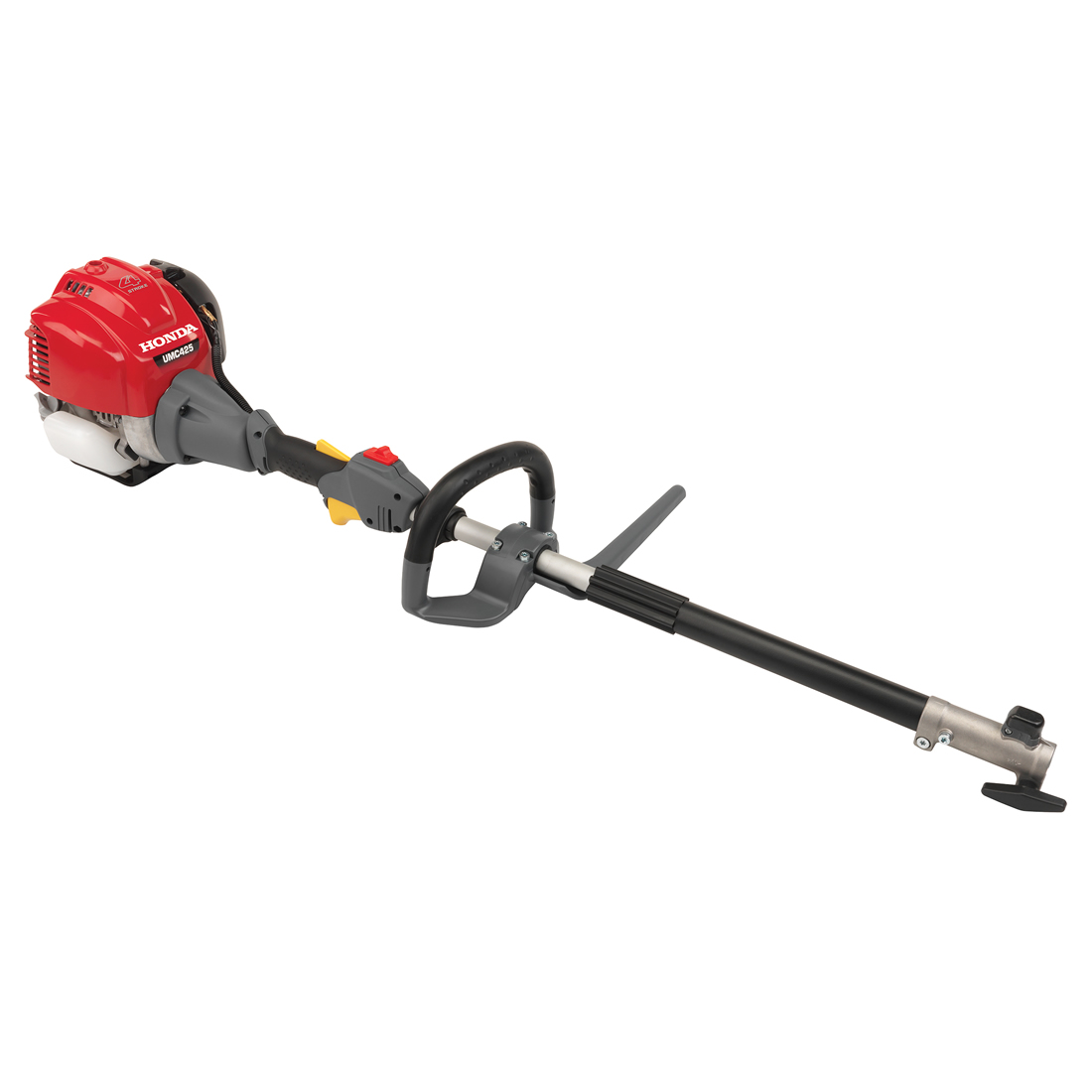
We respect your privacy and won't share your information with any other company. Terms and conditions apply.

Total Price: $1,309.00
stock :P19001
condition :New
availability : In Stock
Get Out-The-Door Price
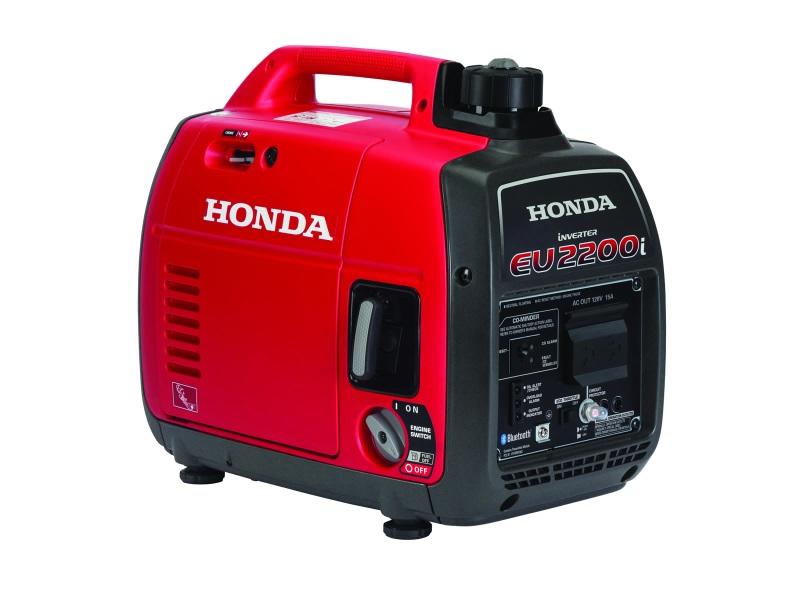
We respect your privacy and won't share your information with any other company. Terms and conditions apply.

stock :P19609
condition :New
color :RED
location : Lifestyles
availability : In Stock
Get Out-The-Door Price
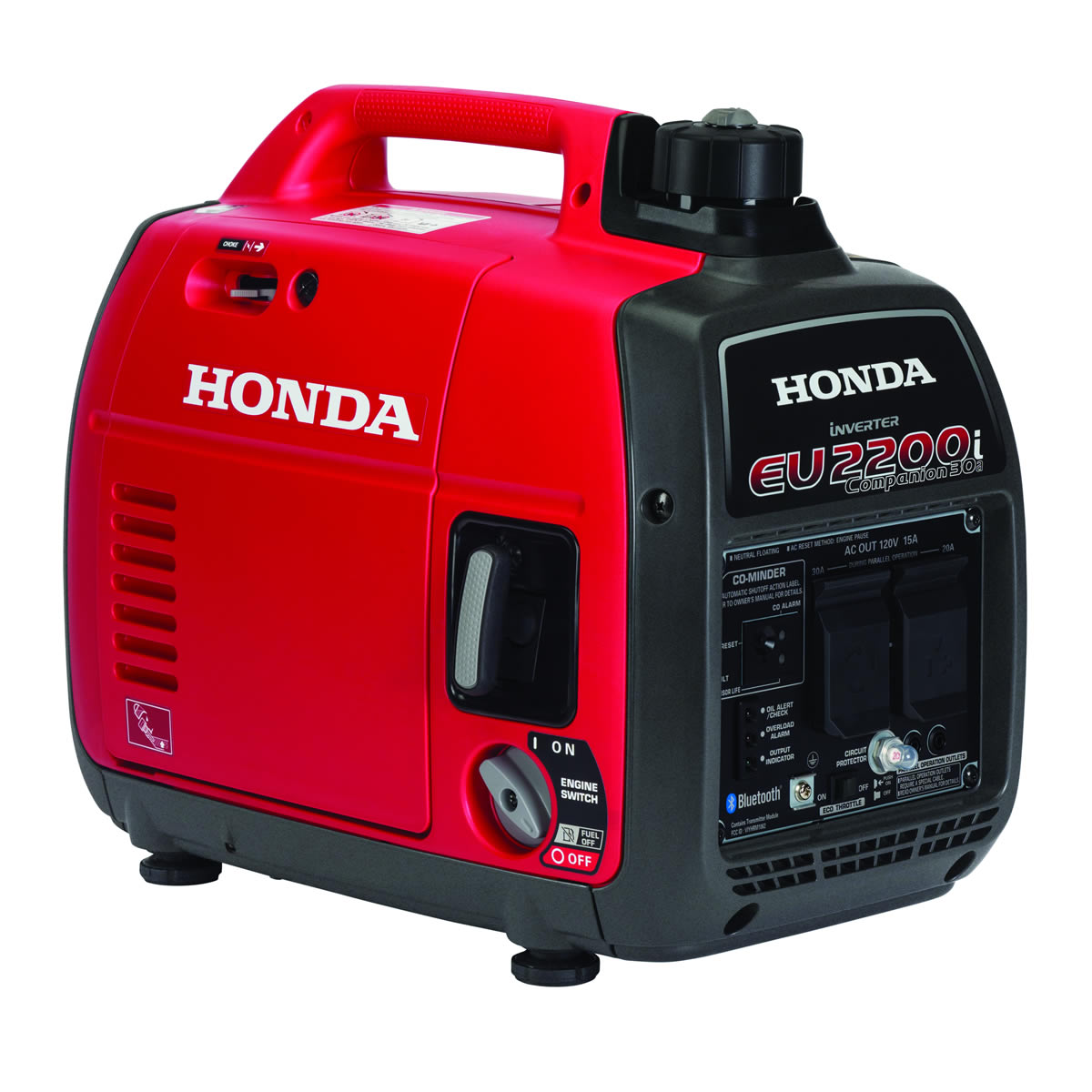
We respect your privacy and won't share your information with any other company. Terms and conditions apply.

stock :P19607
condition :New
color :RED
location : Lifestyles
availability : In Stock
Get Out-The-Door Price
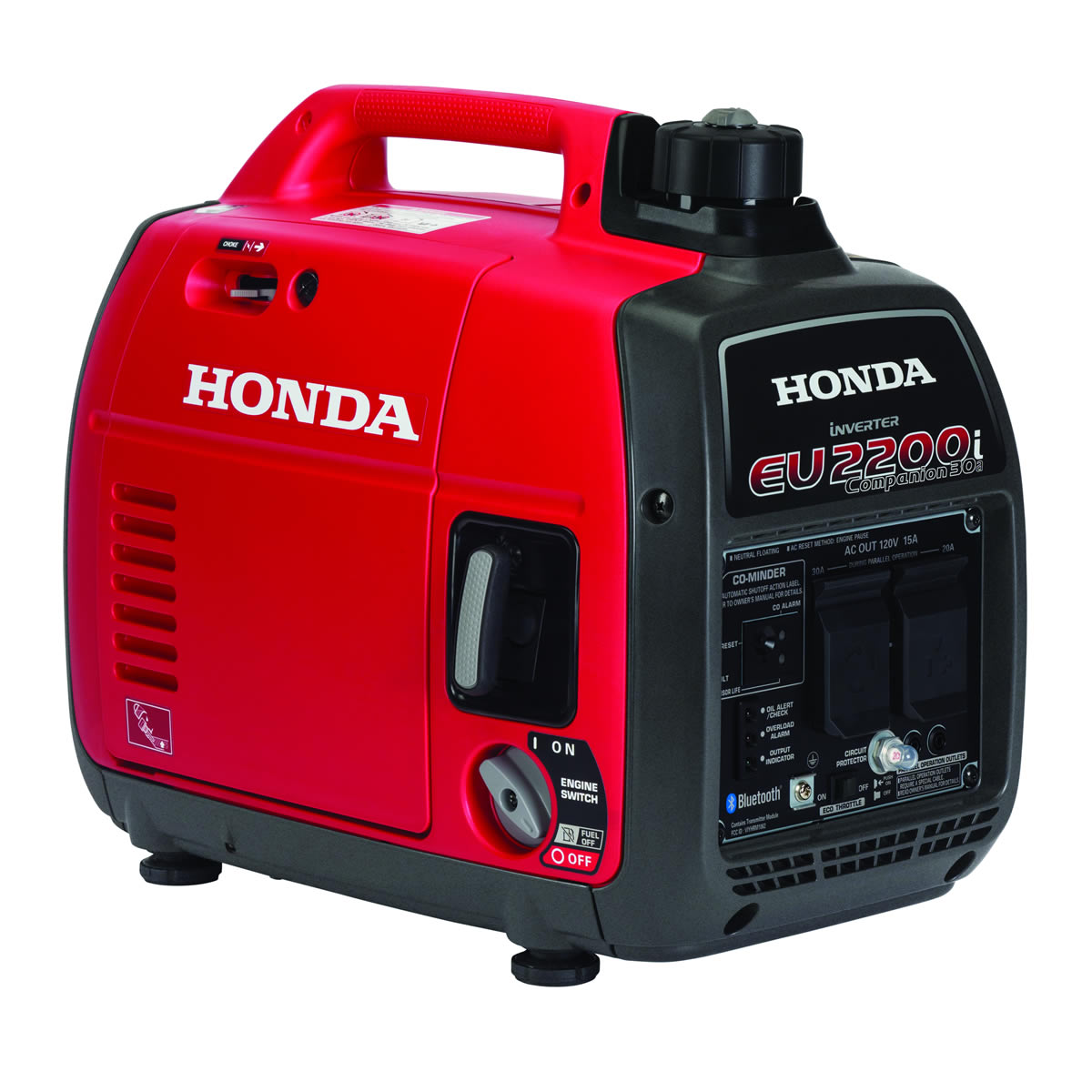
We respect your privacy and won't share your information with any other company. Terms and conditions apply.

stock :P19755
condition :New
color :RED
location : Lifestyles
availability : In Stock
Get Out-The-Door Price
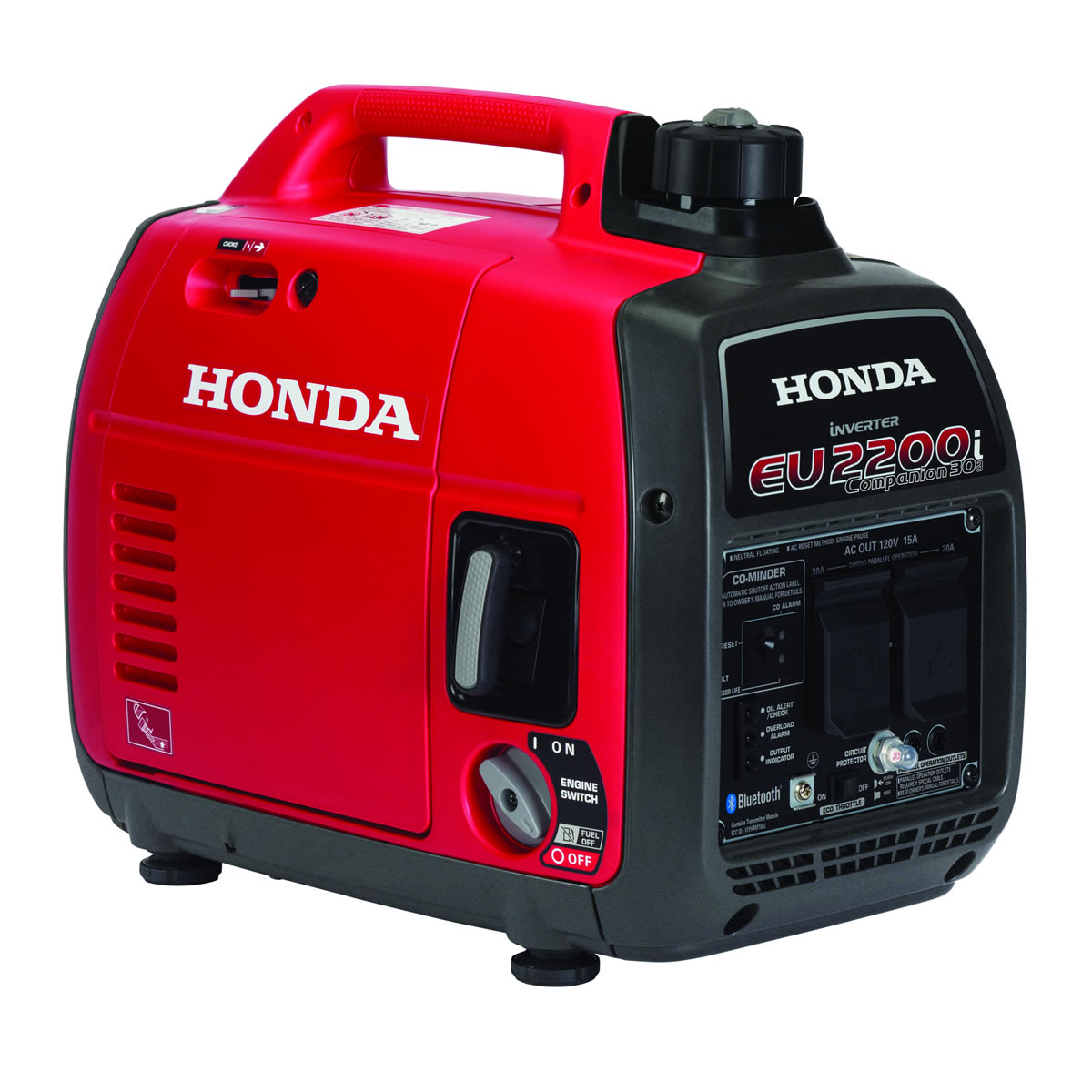
We respect your privacy and won't share your information with any other company. Terms and conditions apply.

stock :P19079
condition :New
color :RED
location : Lifestyles
availability : In Stock
Get Out-The-Door Price
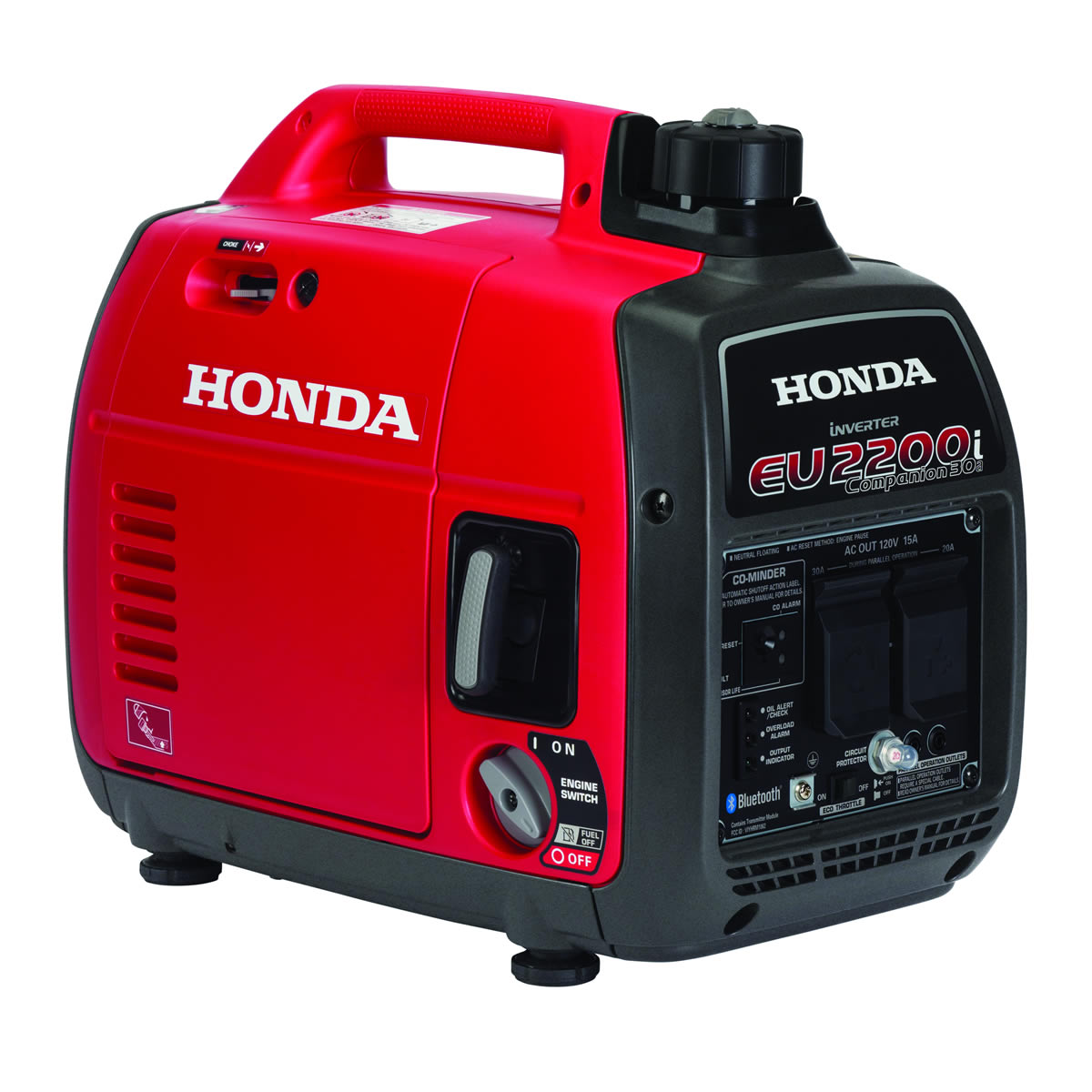
We respect your privacy and won't share your information with any other company. Terms and conditions apply.

stock :P19187
condition :New
color :RED
location : Lifestyles
availability : In Stock
Get Out-The-Door Price
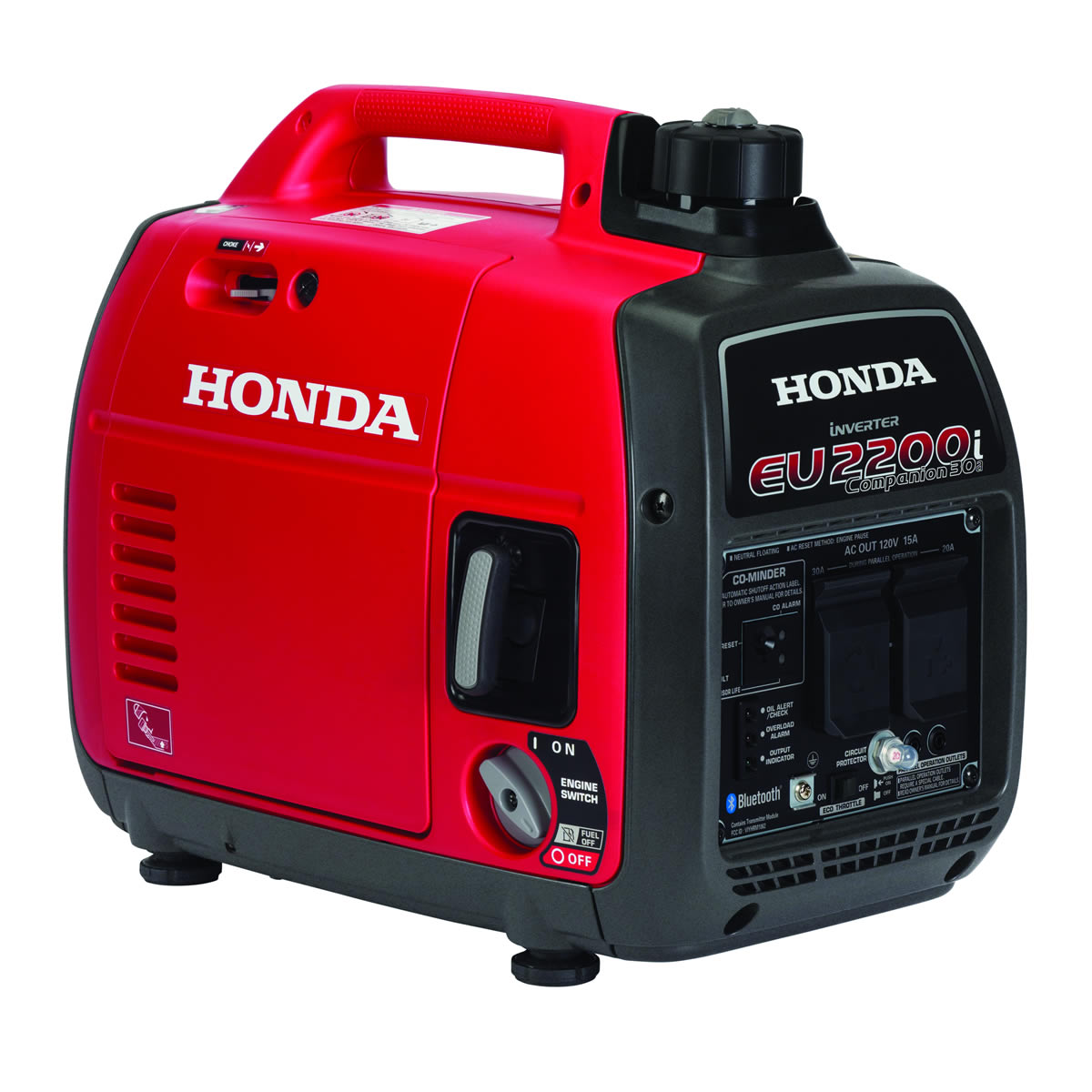
We respect your privacy and won't share your information with any other company. Terms and conditions apply.

stock :H21318
condition :New
color :WHITE
location : Lifestyles
Engine type :50cc air-cooled single-cylinder four-stroke
availability : In Stock
Get Out-The-Door Price
We respect your privacy and won't share your information with any other company. Terms and conditions apply.
stock :L21175
condition :New
color :GREEN
location : Lifestyles
availability : In Stock
Get Out-The-Door Price
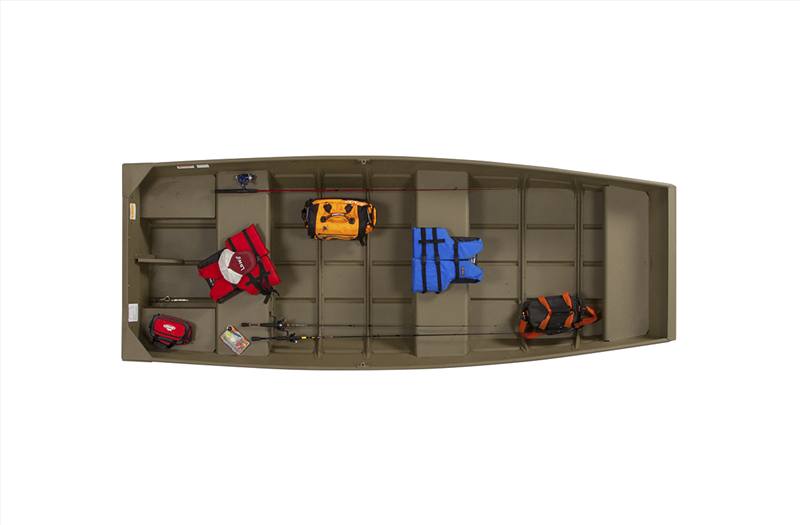
We respect your privacy and won't share your information with any other company. Terms and conditions apply.

stock :L21176
condition :New
color :GREEN
location : Lifestyles
availability : In Stock
Get Out-The-Door Price
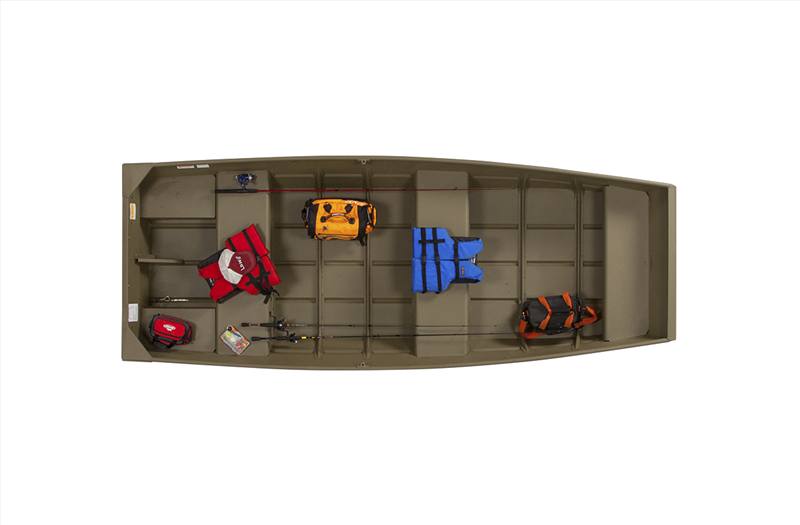
We respect your privacy and won't share your information with any other company. Terms and conditions apply.

stock :L21178
condition :New
color :GREEN
location : Lifestyles
availability : In Stock
Get Out-The-Door Price
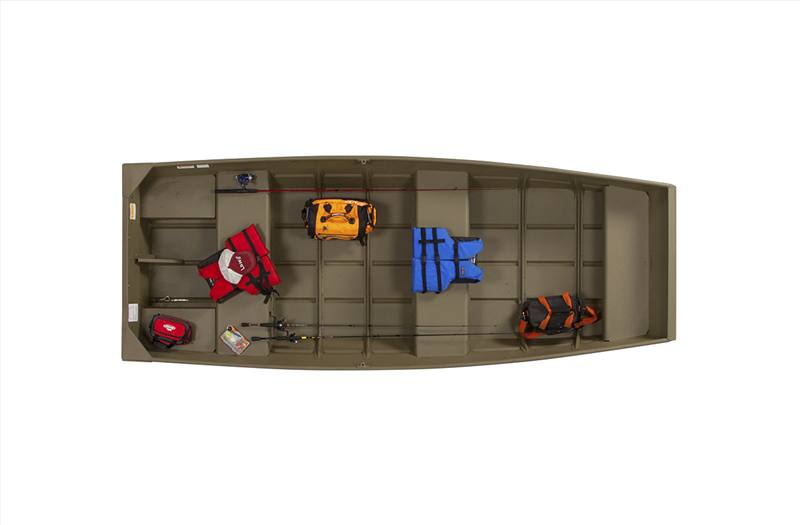
We respect your privacy and won't share your information with any other company. Terms and conditions apply.

stock :L21174
condition :New
color :GREEN
location : Lifestyles
availability : In Stock
Get Out-The-Door Price
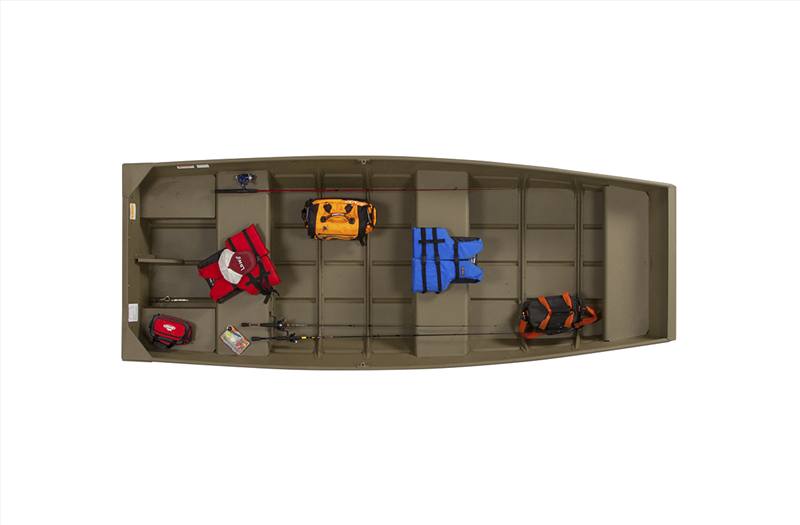
We respect your privacy and won't share your information with any other company. Terms and conditions apply.

stock :L21177
condition :New
color :GREEN
location : Lifestyles
availability : In Stock
Get Out-The-Door Price
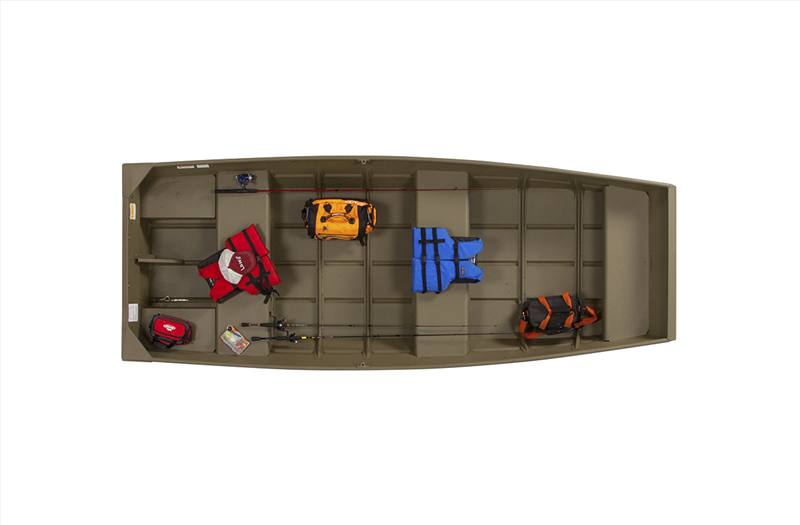
We respect your privacy and won't share your information with any other company. Terms and conditions apply.

stock :H21231
condition :New
color :RED
location : Lifestyles
mileage :1
availability : In Stock
Get Out-The-Door Price
We respect your privacy and won't share your information with any other company. Terms and conditions apply.
stock :H21230
condition :New
color :RED
location : Lifestyles
mileage :1
availability : In Stock
Get Out-The-Door Price
We respect your privacy and won't share your information with any other company. Terms and conditions apply.
stock :H21314
condition :New
color :BLUE
location : Lifestyles
mileage :1
Engine type :Four-stroke, OHC; two valves per cylinder
availability : In Stock
Get Out-The-Door Price
We respect your privacy and won't share your information with any other company. Terms and conditions apply.
stock :H21541
condition :New
color :RED
location : Lifestyles
Engine type :109cc air-cooled single-cylinder four-stroke
availability : In Stock
Get Out-The-Door Price
We respect your privacy and won't share your information with any other company. Terms and conditions apply.
stock :H21542
condition :New
color :RED
location : Lifestyles
Engine type :109cc air-cooled single-cylinder four-stroke
availability : In Stock
Get Out-The-Door Price
We respect your privacy and won't share your information with any other company. Terms and conditions apply.
stock :H21540
condition :New
color :RED
location : Lifestyles
Engine type :109cc air-cooled single-cylinder four-stroke
availability : In Stock
Get Out-The-Door Price
We respect your privacy and won't share your information with any other company. Terms and conditions apply.
MSRP: $3,099.00
$100.00 Savings
Total Price: $2,999.00
* Plus Applicable Charges
stock :B21623
condition :New
color :BLUE / BLACK
location : Lifestyles
Engine type :70
availability : In Stock
Get Out-The-Door Price
We respect your privacy and won't share your information with any other company. Terms and conditions apply.
stock :H21554
condition :New
color :RED
location : Lifestyles
Engine type :125cc air-cooled single-cylinder four-stroke
availability : In Stock
Get Out-The-Door Price
We respect your privacy and won't share your information with any other company. Terms and conditions apply.
stock :H21558
condition :New
color :RED
location : Lifestyles
Engine type :125cc air-cooled single-cylinder four-stroke
availability : In Stock
Get Out-The-Door Price
We respect your privacy and won't share your information with any other company. Terms and conditions apply.
MSRP: $3,699.00
$200.00 Savings
Total Price: $3,499.00
* Plus Applicable Charges
stock :B21718
condition :New
color :BLUE / BLACK
location : Lifestyles
Engine type :110
availability : In Stock
Get Out-The-Door Price
We respect your privacy and won't share your information with any other company. Terms and conditions apply.
stock :H21330
condition :New
color :RED
location : Lifestyles
mileage :1
Engine type :124cc air-cooled single-cylinder four-stroke
availability : In Stock
Get Out-The-Door Price
We respect your privacy and won't share your information with any other company. Terms and conditions apply.
Get Out-The-Door Price
Looking for Your Next Adventure?
We respect your privacy and won't share your information with any other company. Terms and conditions apply.
Pump The Brakes!
Don't Leave Yet
Can't find what you're looking for? Let us know what you are trying to find and we'll help you out!
We respect your privacy and won't share your information with any other company. Terms and conditions apply.
We respect your privacy and won't share your information with any other company. Terms and conditions apply.
